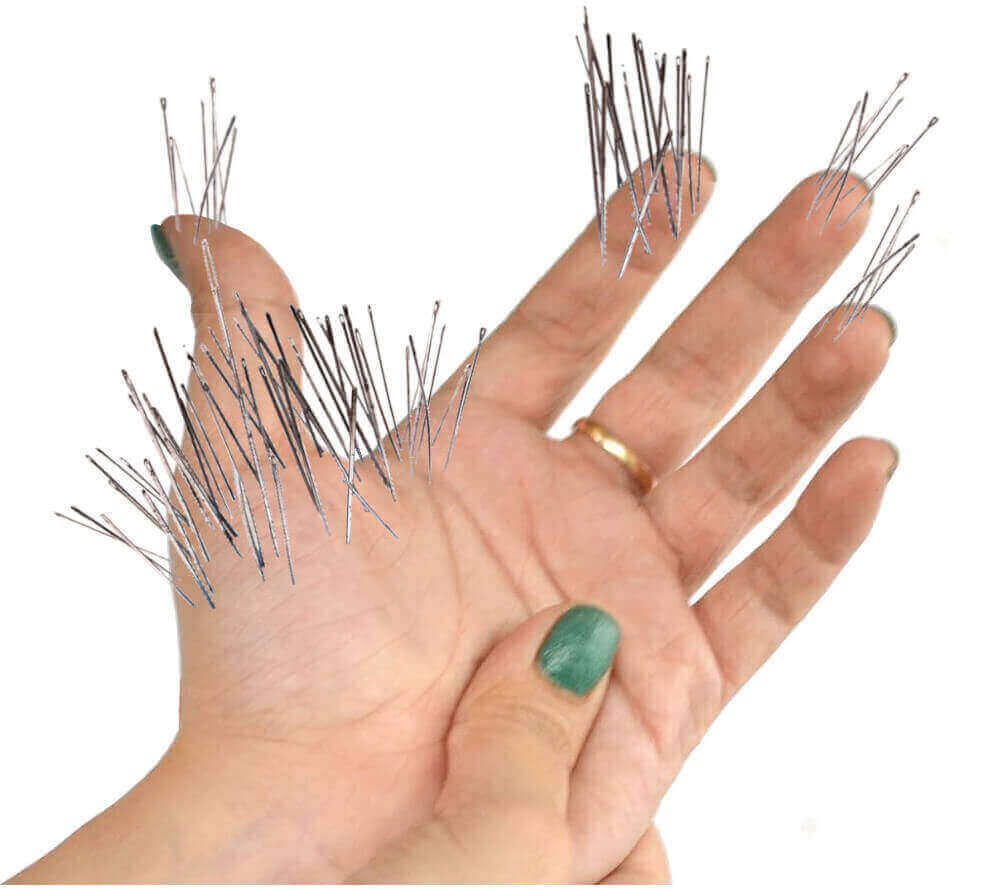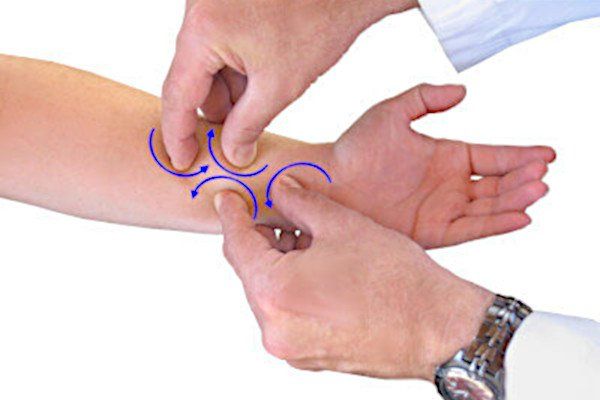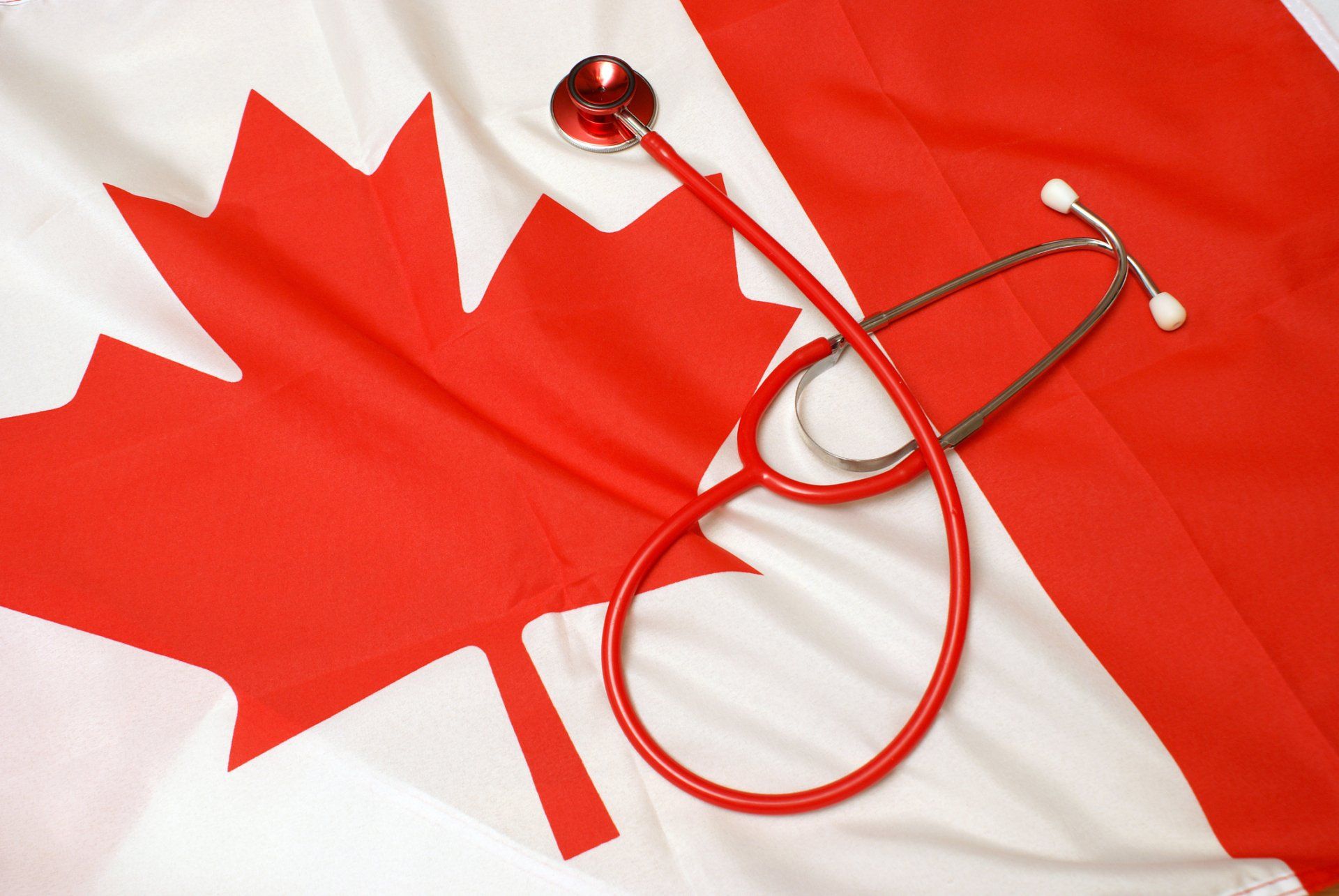Carpal Tunnel Surgery in Canada
From Dr. Z - Carpal tunnel syndrome specialist
Problems with Carpal Tunnel Surgery in Canada
No more Canadian funded carpal tunnel surgery!
Carpal tunnel surgery in Canada is taking a big hit. That's because this operation has only limited success in the majority of patients. This is the landmark conclusion by Canada's Alberta Health Services.
Their findings were reported in their “Performance Review” on December 31, 2019. As a result, the study recommends that the National Health Service (NHS) of Canada discontinue any financial support for patients who seek carpal tunnel release surgery for this condition.
Read below to learn what this mean to Canadian patients with carpal tunnel syndrome.
- FIND OUT: do you have carpal tunnel?
No strings attached self-test.
What is carpal tunnel syndrome?
Carpal tunnel syndrome is a painful “entrapment neuropathy”. That means the median nerve, deep inside your wrist, is trapped and then compressed.
The entrapment happens when the surrounding tendons inflame, swell, and expand. As the tendons expand, they exert a lot of pressure on the median nerve. In time, the pressure is so great that it can completely crush the median nerve.
The crushed median nerve is why carpal tunnel syndrome patients feel symptoms in their fingers and hand. These carpal tunnel symptoms typically are pain, numbness, tingling, soreness or weakness.
Carpal tunnel release surgery
The traditional way surgeons try to help carpal tunnel patients is with hand surgery. The specific operation is called carpal tunnel release surgery.
There are two major types of this hand operation. The first is open carpal tunnel release surgery. The second is endoscopic carpal tunnel release surgery. The main difference between the two procedures is the amount of trauma involved to the hand.
In the open release procedure, the surgeon makes a 2-3 inch long incision on the palm. In the endoscopic release procedure, the surgeon only makes one or two small holes on the hand.
The type of surgical procedure used is totally up to the surgeon, and which he or she is comfortable or experienced using.
The objective of both procedures is identical. That is, to cut the transverse carpal ligament which holds the wrist bones together. When the surgeon cuts the ligament, the wrist bones snap open. This opens up the carpal tunnel space and relieves pressure on the median nerve.
In enough time and in all patients, the surgical area fills up with scar tissue. However, the outcomes are different from patient to patient. And that's what the Canadian NHS is concerned with.
In general, about 50% of patients see relief at 2 years after surgery. In contrast, the vast majority of patients see nearly complete relief of their symptoms using standard, non-surgical remedies.
Carpal tunnel surgery's limited clinical value is the reason the Alberta Health Services recommends that such surgery not be paid by the Canadian government.
Recommendations to the Canadian healthcare payer
The governing body in the USA for doctors performing carpal tunnel surgery is the American Academy of Orthopedic Surgeons (AAOS). The AAOS has always recommended that carpal tunnel surgery should be the very last treatment a patient should consider after trying all non-surgical remedies first.
That recommendation is nearly identical to the one being sent by the Alberta Health Services to the NHS, which regulates carpal tunnel surgery in Canada.
Like with the AAOS, the NHS specifically recommends each patient with carpal tunnel symptoms try all non-surgical remedies first. These generally include the most popular remedies, consisting of:
- Resting your hand
- Nocturnal wrist bracing
- Stretching exercises
- Myofascial massage
- Steroid injections
- Yoga
What does “limited clinical value” mean?
Regarding carpal tunnel surgery, in Canada the NHS categorizes the operation (plus some other procedures) as having “limited clinical value". That means any procedure “where the evidence of clinical effectiveness is deemed to be weak or absent.”
In other words, when it comes to carpal tunnel surgery, there is no good clinical evidence that the pain reduction & overall effectiveness of carpal tunnel surgery is any better than non-surgical remedies.
The NHS makes a specific point about alternatives to these procedures of limited clinical value. They say that instead of surgery, there usually are alternative therapeutic approaches to reduce the risk of patient harm. These alternative therapies also promote more efficient use of a facility’s operating room.
Carpal tunnel surgery’s limited value
Carpal tunnel included with other "defunded" surgeries
Carpal tunnel surgery, abdominal hernia repair, and surgical removal of benign skin lesions are the top 3 surgical procedures destined to be "defunded" by the Canadian government.
Rounding out the rest of the 10 surgeries affected by the review are:
- Hernias
- Adenoidectomy in conjunction with tonsillectomy
- Tonsillectomy
- Trigger finger
- Female sterilization
- Rhinosinusitis
- Female breast reduction
Exceptions to the rule
The commission says there should be some exceptions or allowances for patients to have the surgery. According to the Milton Keynes Commissioning Group, patients still may receive the surgical procedure in “ exceptional cases".
That means there is an extraordinary factor about the patient that doctors (and the government) should consider. The factors are:
- If the patient is significantly different in some way to the general population of carpal tunnel syndrome patients.
- Whether or not the patient is likely to gain significantly more benefit from the carpal tunnel surgery than might be expected from the average patient with carpal tunnel syndrome.
The commission warns that doctors merely stating that "treatment is likely to be effective" for a patient isn’t an adequate justification. In other words, such a condition is not a basis for being an exception to the rule.







